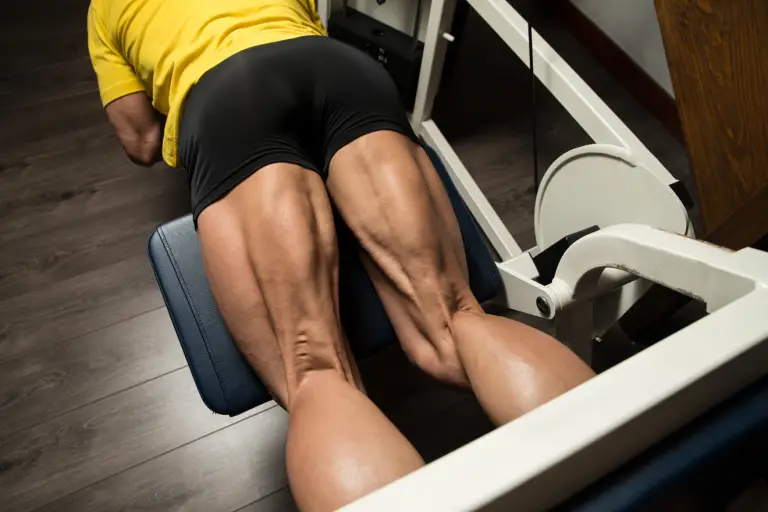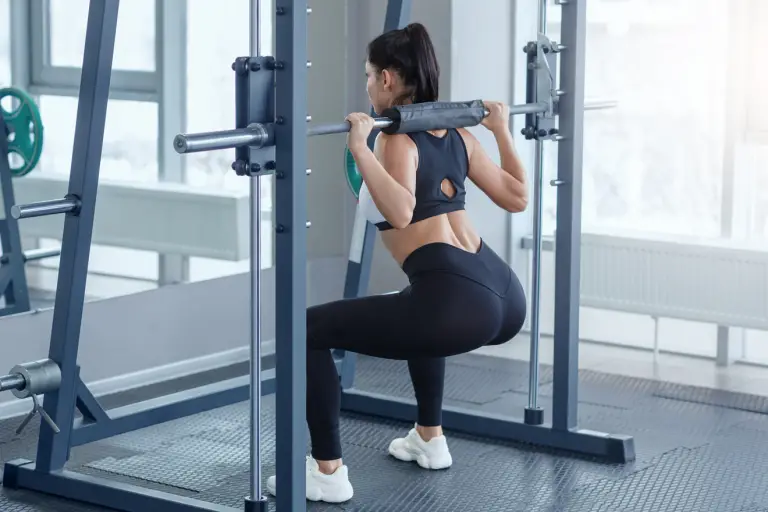How to best train your chest for muscle growth
Basic anatomy and functions
The chest consists of two separate muscles: pectoralis major and pectoralis minor. In a weight training context, only the pectoralis major can be effectively trained, as the smaller pectoralis minor muscle primarily acts as a supportive muscle that does not perform the same functions as its larger counterpart.
The pectoralis major consists of two distinct regions: the upper (clavicular) head and the lower (sternocostal) head. In isolation, both heads perform contrasting functions; the upper pectoralis major raises the arms overhead (shoulder flexion), whereas the lower pectoralis major pulls the arms back down toward the body (shoulder extension).
When working together, both regions of the pectoralis major perform shoulder horizontal adduction, a movement that closely resembles a hugging motion. This action—moving the arms closer to the middle of the body—is the basis of nearly every chest movement that can be executed in the gym.
Training the different regions of the chest
As both regions of the pectoralis major can perform the same function of shoulder horizontal adduction, the exercises used to work both will be similar. The following exercises can be used to train both the upper and lower pectoralis major:
- Chest press
- Chest fly
These two exercises will always work both parts of the pectoralis major; however, variations of each movement will dictate which region is emphasized.
Targeting the lower chest
To emphasize the lower pectoralis major during a workout, an individual should perform free-weight exercises on a flat or declined bench. This would include exercises such as the:
- Barbell or dumbbell bench press
- Dumbbell fly
- Decline barbell or decline dumbbell bench press
- Decline dumbbell fly
For cable-, bodyweight-, and machine-based exercises, it can be tricky to ensure that the lower chest is being emphasized. As a general rule, most chest exercises are performed in the same relative direction as the region of the muscle they target. For example, the decline bench press exercise sees the bar move in the direction of the lower chest and, consequently, works the lower chest the most. In the case of any cable- or machine-based movements, this rule almost always holds true.
Some additional exercises that target the lower pectoralis major include the:
*Due to the existence of different machine models, some variants can be designed to target the upper pectoralis major. Refer to the prior tip regarding the direction of the movement to conclude whether a specific machine emphasizes the upper or lower pectoralis major.
Targeting the upper chest
To target the upper pectoralis major, extra shoulder flexion needs to be incorporated into each movement. The simplest way to do this is by raising the angle of the bench between 30 and 45 degrees when performing any presses or flys. Instead of performing a standard barbell bench press on a flat bench, an upper-chest-focused alternative would be the incline barbell bench press.
Other incline alternatives to traditional chest exercises that hammer the upper pectoralis major include, but are not limited to, the:
As with the lower pectoralis major, some upper pectoralis major exercises are not as straightforward as changing the angle of the bench. Since the upper region of the pectoralis major aids in shoulder flexion, it can generally be concluded that any press or fly exercise that sees the arms extend in the direction of the head (relative to the torso) likely emphasises this muscle region.
Examples of exercises that fit this criterion include, but are not limited to, the:
Training considerations
Every muscle contains a unique structure that dictates how it responds to stress. This entails that, in terms of training variables such as intensity and recovery, the pectoralis major should not be trained in the same way that one would train their quadriceps, for example.
Intensity/weight
The pectoralis major primarily consists of type II (fast-twitch) muscle fibers. These muscle fibers are far larger than their slow-twitch counterparts, allowing them to contribute to explosive, heavy movements.
In order to efficiently train and exhaust these type II fibers, an individual should prioritize heavier loads (>60% 1RM) for most chest exercises.
Recovery
As previously established, the pectoralis major consists of a fast-twitch muscle fiber majority. Since fast-twitch muscle fibers are more susceptible to damage than slow-twitch muscle fibers are, extra time must be given to their recovery. This means lifters should ensure that a full 48 to 72 hours is given between strenuous chest workouts, a timeframe that is in line with most muscle recovery recommendations.
Range of motion
Understanding the degree to which a muscle benefits from using a full range of motion is vital when muscle growth is the focus. Although the concept of the length–tension relationship and how it relates to stretch-mediated hypertrophy is far too complex to explain in this article, it can be summarized that the chest does benefit from using a complete range of motion in every exercise. Therefore, it is highly recommended to perform all chest press and chest fly exercises with as much range of motion as one’s shoulders will comfortably allow.







